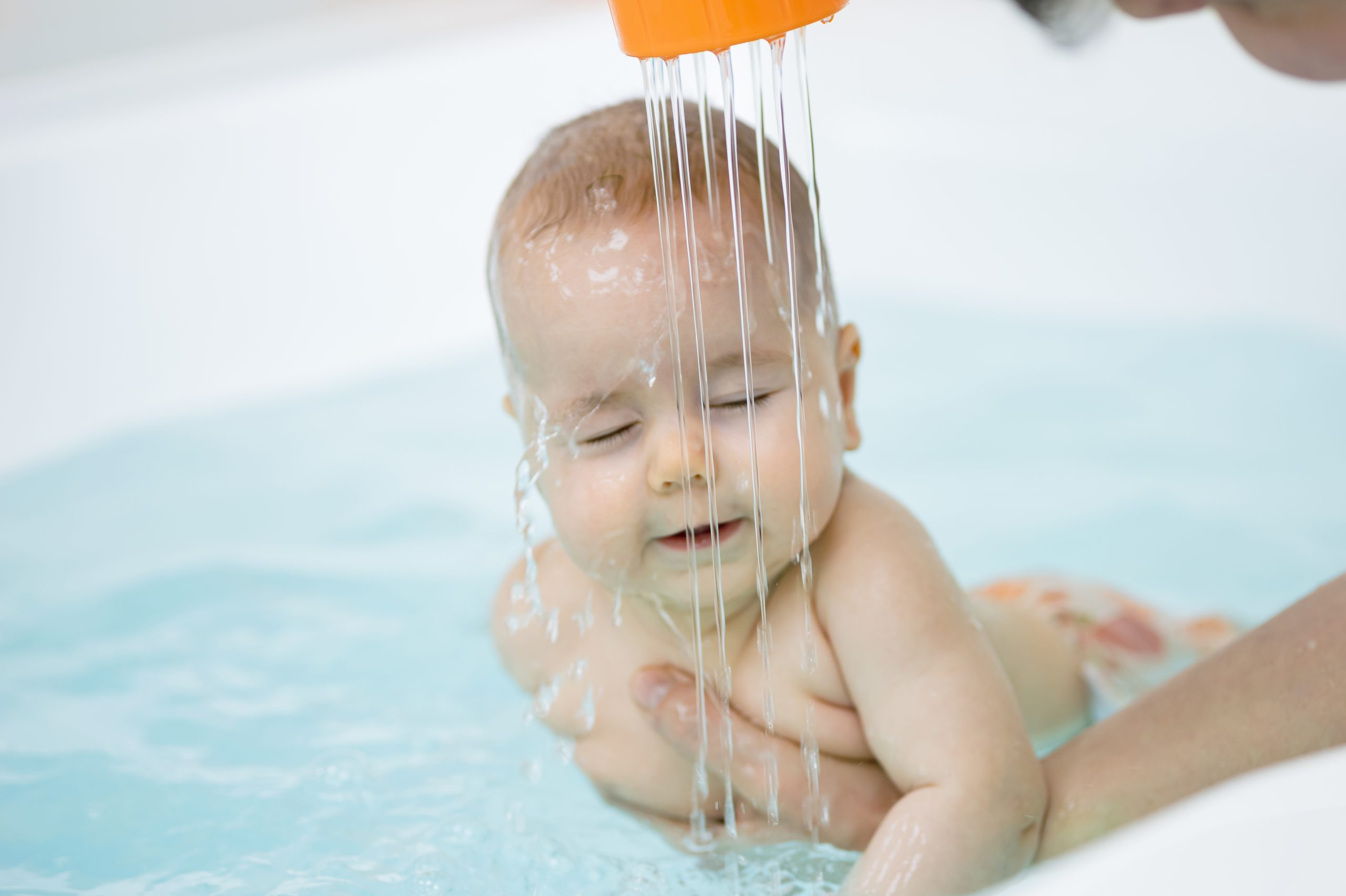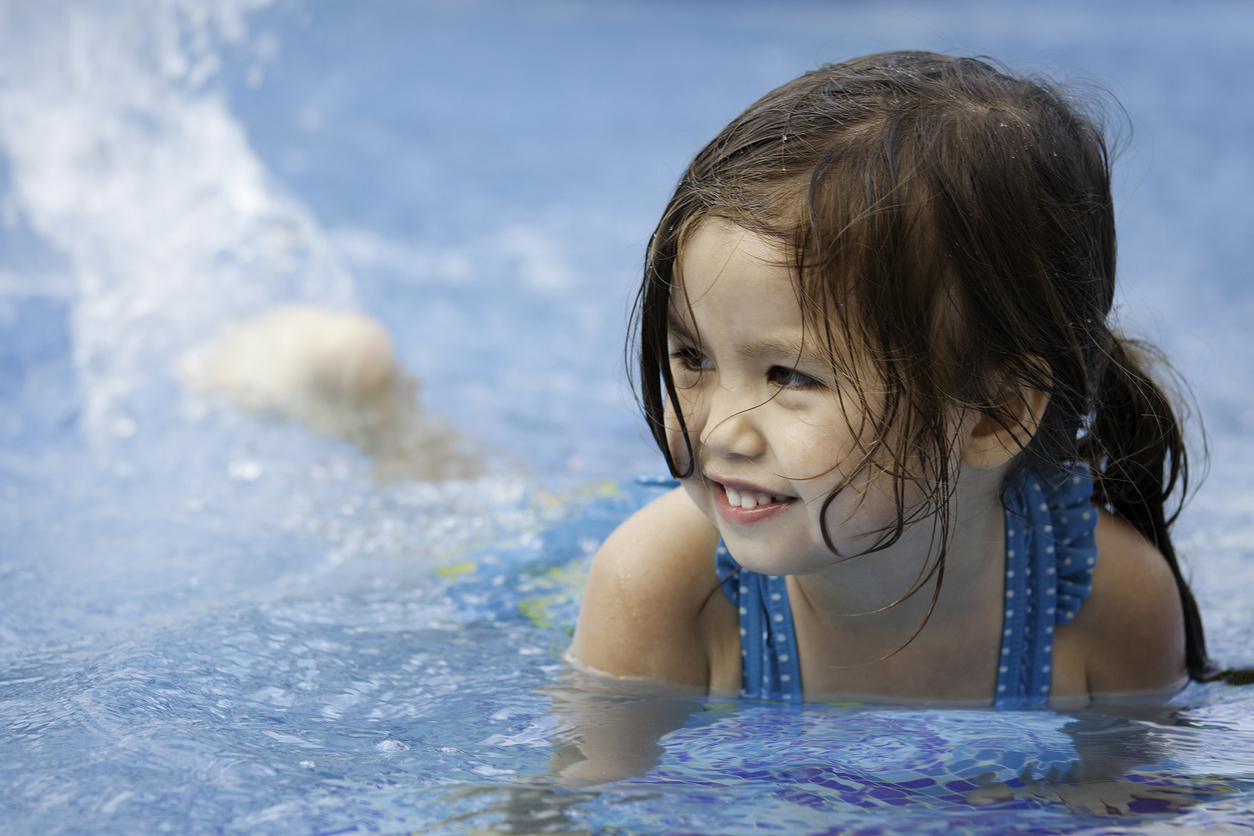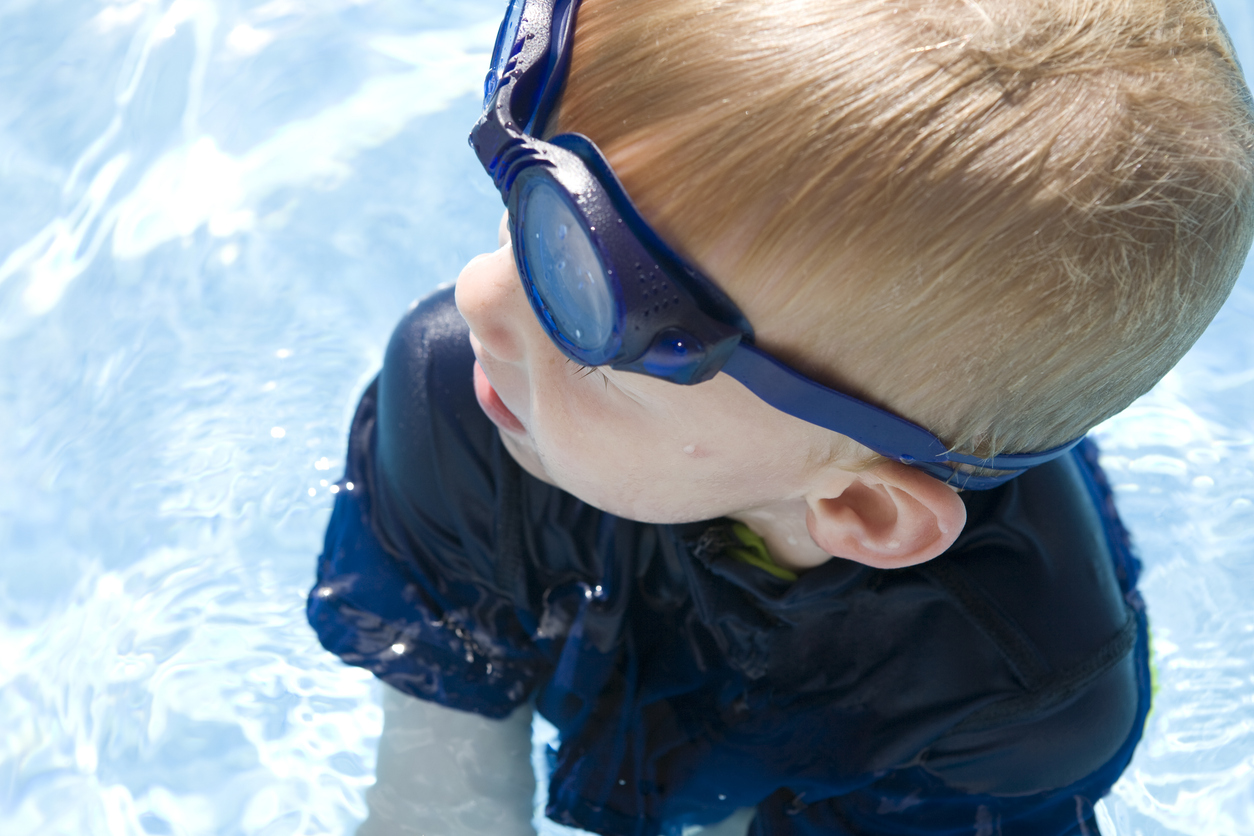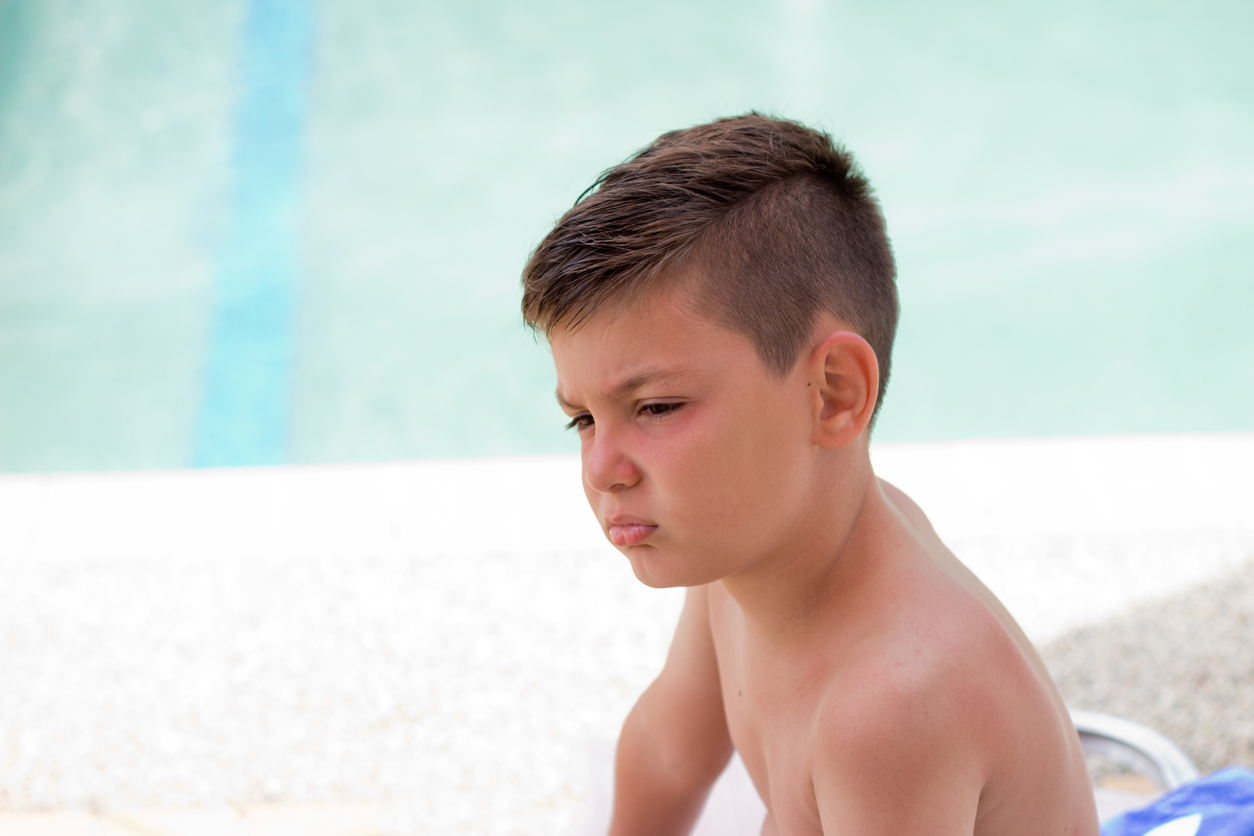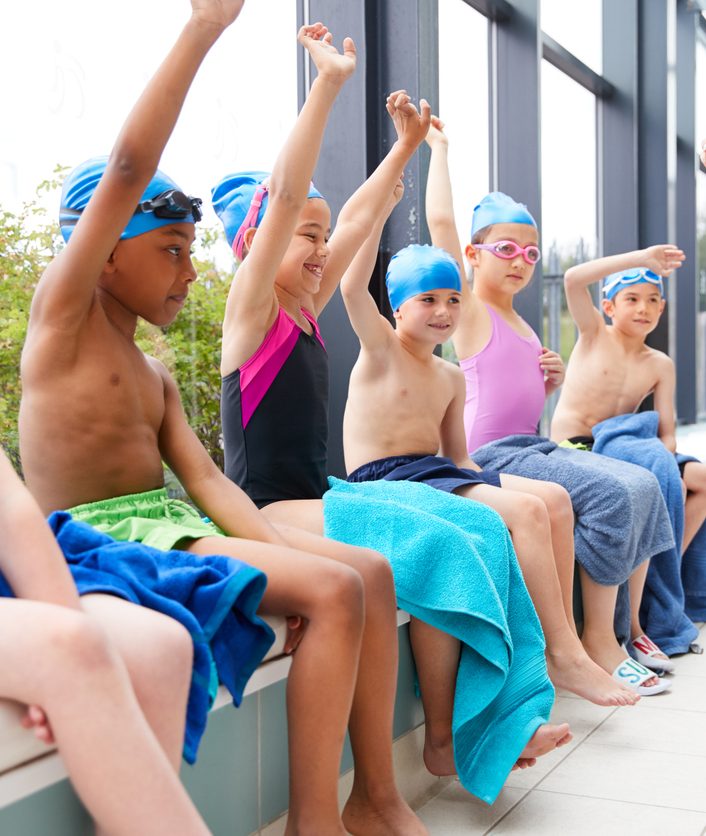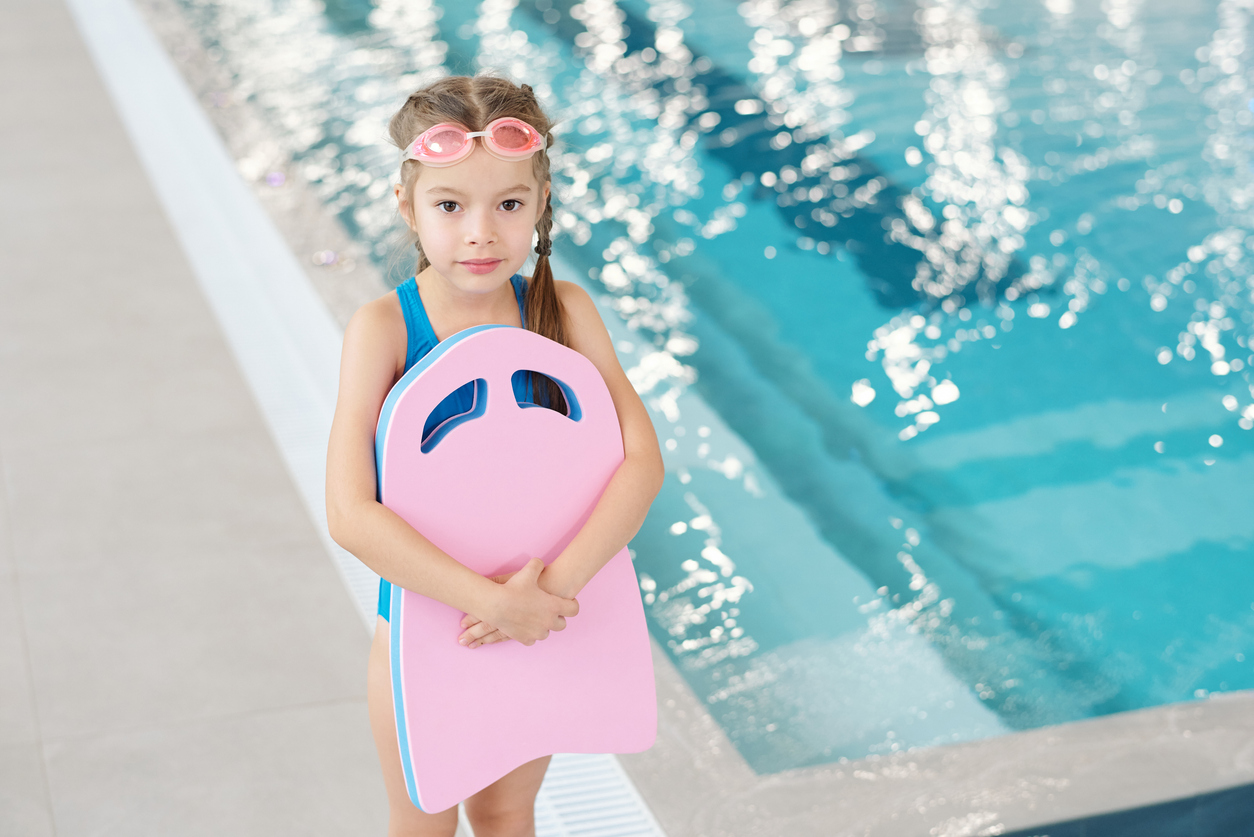As a new parent, it is both thrilling and a tad overwhelming to venture into the world of ‘firsts’ – the first smile, the first step, and indeed, the first splash. When it comes to introducing your little one to the joys of water, what starts as a natural progression from bath time to pool fun and beyond, quickly intersects with a critical area of parenting: water safety.
Babies are born with a natural affinity for water, thanks to their time in the womb. But this innate comfort around water does not equate to safety. Ensuring your child has a healthy relationship with water, one that’s both enjoyable and secure, is a parental responsibility worth its weight in gold.
This comprehensive guide is designed to walk you through the crucial steps to encourage water safety at an early age and the long-lasting benefits for your child’s health and development.
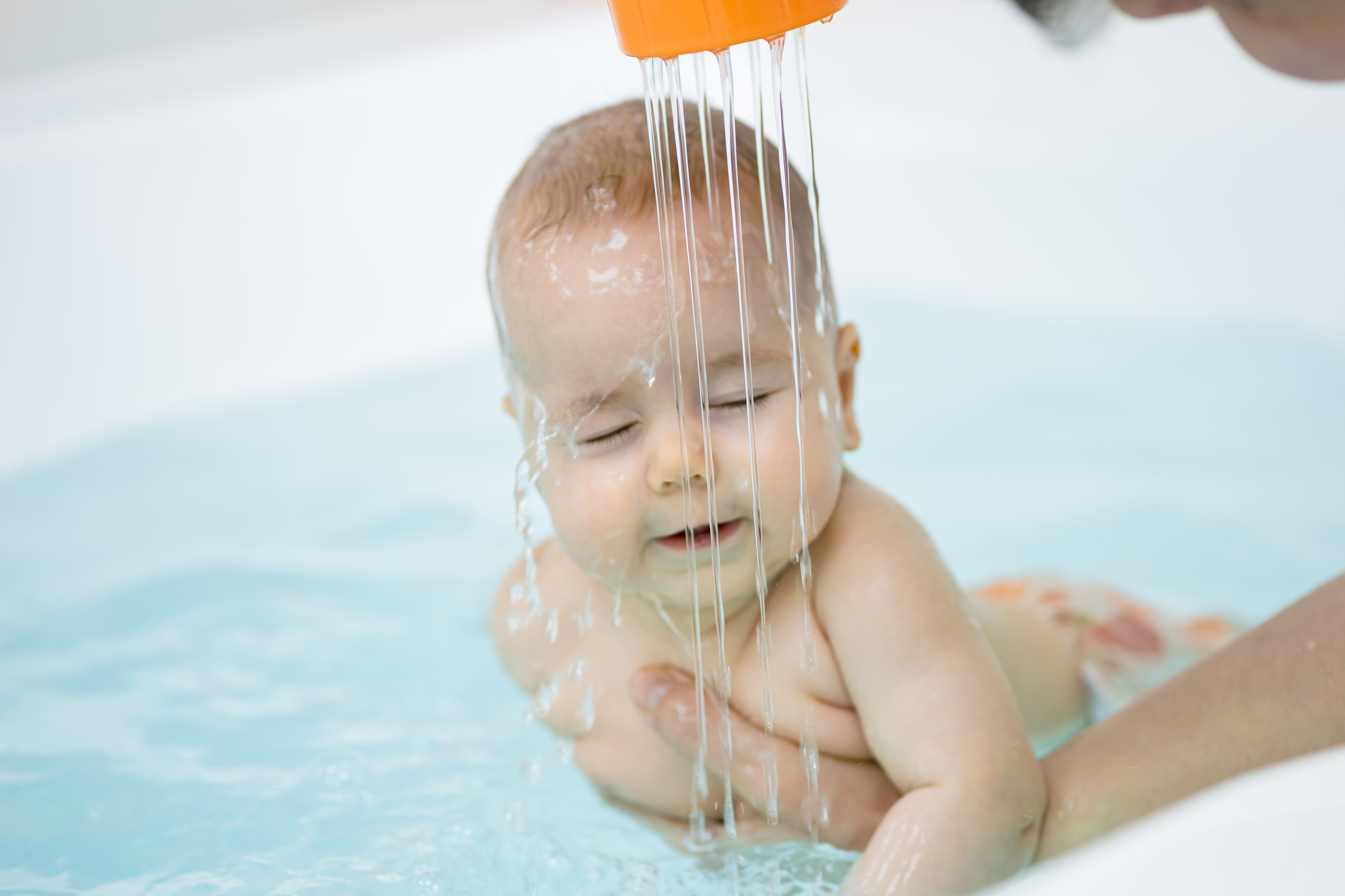
Understanding Water Safety for Babies
Before you dip your toes into lessons about water safety, it’s important to understand what it means in the context of an infant. For a baby, water safety is about:
- Supervision: Constant, alert adult supervision whenever a child is near water, whether they are in the bathtub, a kiddie pool, or by the ocean.
- Education: Teaching your child to respect water and the rules associated with it.
- Prevention: Taking steps to prevent accidental drowning or other water-related injuries.
Water mishaps are silent and swift; they can occur in as little as a few inches of water, which is why being proactive is critical from the outset.
THE Business of bathtime
Bath time is often a baby’s introduction to water beyond the womb. It’s a sensory oasis – splashing, bubbles, and rubber duckies. But bath time also sets the foundation for understanding and enjoying water in a controlled environment. Here’s how you can use this routine to instill safe water practices:
controlled environment and practice
- Use a baby bath or support in a regular tub to limit water level and movement.
- Maintain a firm grip on your child and support their head and neck, especially in the early months.
- Gradually introduce gentle splashing and pouring water over your child’s head to familiarize them without causing fear.
Communication and Conditioning
- Keep the tone of bath time light and playful to associate water with fun and comfort.
- Develop clear verbal signals whenever pouring water or guiding your baby through motions like kicking.
- Praise your baby for their actions, encouraging positive reinforcement of water-based skills.
SAFE STEPS TO POOL PLAY
Venturing to the pool with your baby is a moment to be cherished, but it requires some serious pre-planning and a keen eye for safety
Preparation is Key
- Choose pools with separate baby areas, shallow depths, and amenities for parents to be in water with their infants.
- Invest in proper swim diapers to prevent leakage and understand the difference between them and regular ones.
- Sun protection for delicate skin is paramount with broad-spectrum sunscreen, hats, sunglasses, and UV-protective clothing.
In the Water
- Use flotation devices specifically designed for infants, such as vests or seats
- Always stay within arm’s reach of your baby; no exceptions, even if they are in a flotation device and the water is shallow.
- Limit exposure time intelligently; even though your little one is having fun, extended periods in the water can cause chilling or even dehydration.
Nurturing Water Safety Beyond the Surface
The teaching of water safety is not a one-time event; it’s an ongoing dialogue and practice. Just as you would reinforce learning how to speak by constantly engaging your child in conversation, water safety requires continuous attention.
Formal Swim Lessons
Many parents wonder, when is the right time for swim lessons? While there is no set answer, most pediatricians and instructors agree that formal swim lessons can start around six months of age. Look for water acclimation classes that focus more on conditioning and comfort than actual strokes.
Rules and Routines
- Set clear rules about where your child can go near water – only with you, never alone.
- Establish routines for what to do if they do fall in, such as how to turn and hold their breath.
- Practice exit strategies from water – whether climbing out of the tub or pulling up onto a pool step.
The Benefits of Early Introduction to Water
The process of familiarizing your baby with water safety is a two-fold benefit: safety and development. Here’s how the right approach can positively impact both areas.
Physical Development
- Water activities can support muscle and skeletal development, improve coordination, and enhance overall strength.
- The sensory experience of water on the skin and movement through it can improve resistance to sensory aversions and overreactions.
Emotional and Cognitive Development
- Encourages bonding between parent and baby in a unique environment.
- Promotes early learning of cause and effect, problem-solving, and spatial awareness (e.g., where their body is in relation to water depth and movement).
Conclusion
Water safety in babies is not a check-box item; it’s an integral part of parenting that evolves as your child grows. Instilling a healthy respect for water through education, preparedness, and positive exposure sets the stage for a lifetime of confident and secure aquatic enjoyment. Remember that each child is unique, and your approach will need to be tailored to their personality and development. The time invested in ensuring your child’s water safety is time invested in their well-being and joy.
With these insights and strategies at your disposal, you are well-equipped to begin or continue the aquatic adventures that await your little one. Enjoy those early years of splashes, giggles, and safe explorations – they are as precious as they are formative.
